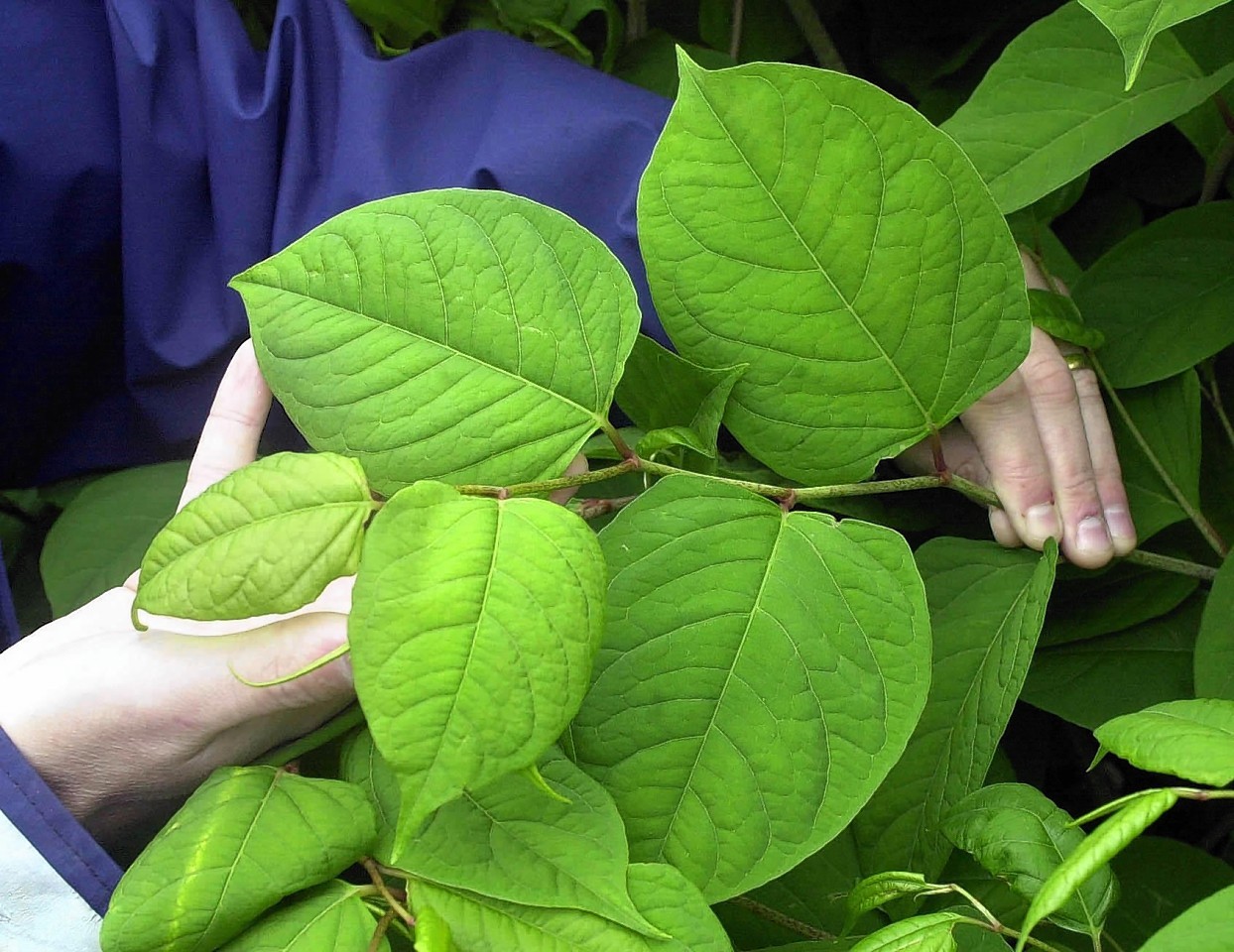Invasive species are threatening nature sites across Scotland, according to a new report by Scottish Natural Heritage.
In total, Scotland possesses more than 1,800 protected areas, including Sites of Special Scientific Interest (SSSI), Marine Protected Areas, and Natura sites.
The report – issued to coincide with invasive species week – shows that of 5,388 natural features assessed, around two-thirds have been found to be in favourable condition, with a further 13.4 per cent classified as on the road to recovery.
But, despite these positive results, invasive species have been listed as the biggest contributor to negative impacts on the features of protected sites.
Invasive species, whether they are native such as gorse and bracken, or non-native such as rhododendron or Japanese knotweed, are starving other species of such important factors as nutrients and light.
Sally Thomas, SNH’s director of people and nature, said: “It’s encouraging the majority of natural features in Scotland are in good condition or on the road to recovery.
“However, these findings also clearly illustrate the challenges that nature faces and we know that more needs to be done.
“That’s why we are working closely with partners, farmers and landowners to help them manage sites in a way that tackles invasive species and overgrazing on protected areas and ensures that our natural heritage is safeguarded for future generations.”
One such example, where a management agreement has been successfully deployed, is at Lower Wick River in Caithness.
The site of special scientific interest had experienced a situation where toxic giant hogweed took hold, preventing plants from flowering which led to a decline in numbers.
However, a change in fortunes has been experienced after treatment work was carried out to complement nature features.
Across the north, numerous nature sites are protected, including SSSI’s in Berneray in the Western Isles and Burn of Ballintomb in Moray, with the special protection area and special area of conservation at Ballochbuie in Aberdeenshire also safeguarded.
In response to the challenges, SNH has launched a Biodiversity Challenge Fund consisting of £2million to help the most at-risk habitats and species, connect existing nature reserves and protected areas, and tackle invasive species.
